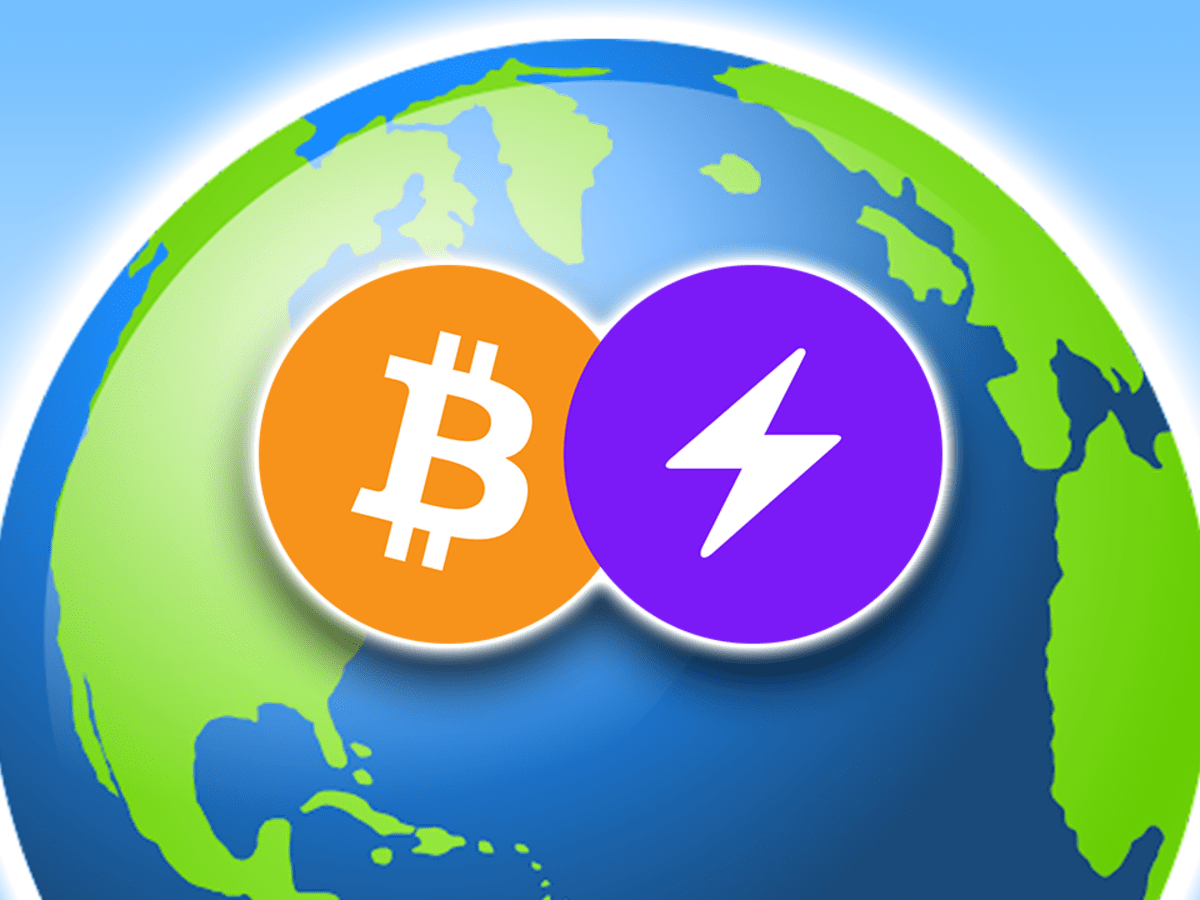Bitcoin is a decentralized digital currency, without a central bank or single administrator, that can be sent from user to user on the peer-to-peer bitcoin network without the need for intermediaries. Transactions are verified by network nodes through cryptography and recorded in a public dispersed ledger called a blockchain. Bitcoin was invented by an unknown person or group of people under the name Satoshi Nakamoto and released as open-source software in 2009.
The Lightning Network is a second-layer payment protocol that operates on top of the Bitcoin blockchain. It allows for fast and cheap transactions between users, without the need to broadcast transactions to the entire network. The Lightning Network is still under development, but it has the potential to make Bitcoin a more practical and widely used currency.
Here are some of the benefits of the Lightning Network:
- Speed: Transactions on the Lightning Network are much faster than transactions on the Bitcoin blockchain. This is because transactions on the Lightning Network do not need to be verified by the entire network.
- Cost: Transactions on the Lightning Network are much cheaper than transactions on the Bitcoin blockchain. This is because there is no need to pay transaction fees to miners.
- Scalability: The Lightning Network is scalable, meaning that it can handle a large number of transactions. This is because transactions on the Lightning Network are not limited by the capacity of the Bitcoin blockchain.
The Lightning Network is still under development, but it has the potential to make Bitcoin a more practical and widely used currency. By providing a fast, cheap, and scalable way to make payments, the Lightning Network could help to make Bitcoin a more attractive option for everyday use.
Here are some of the challenges that the Lightning Network faces:
- Security: The Lightning Network is a relatively new technology, and there are still some security concerns. For example, if a user's funds are stolen on the Lightning Network, there is no way to get them back.
- Complexity: The Lightning Network is a complex technology, and it can be difficult to understand and use. This could make it difficult for some people to adopt the Lightning Network.
- Adoption: The Lightning Network is still in its early stages of development, and it is not yet widely adopted. This could make it difficult for the Lightning Network to achieve its full potential.
Despite these challenges, the Lightning Network has the potential to revolutionize the way we use Bitcoin. By providing a fast, cheap, and scalable way to make payments, the Lightning Network could help to make Bitcoin a more attractive option for everyday use.

